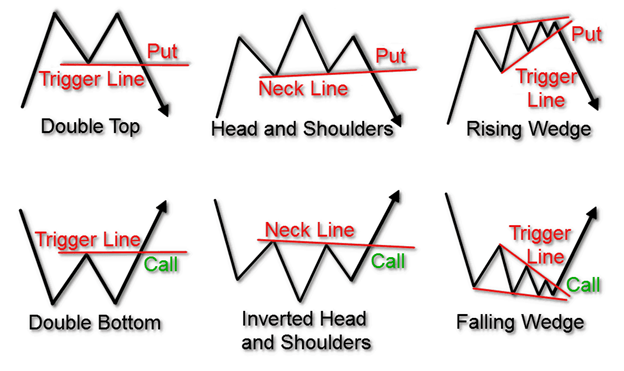Trading on Binomo offers numerous opportunities for both novice and experienced traders. One of the key strategies to enhance your trading performance is understanding and utilizing different timeframes. By analyzing multiple timeframes, traders can gain a comprehensive view of market trends and make more informed decisions. This article explores how to effectively use different timeframes to improve your trading on Binomo.
Understanding Timeframes in Trading
A timeframe in trading refers to the duration for which a price chart is plotted. Common timeframes range from one minute (M1) to one month (MN).
Benefits of Using Multiple Timeframes
- Comprehensive Market Analysis: Analyzing multiple timeframes helps traders understand both short-term and long-term trends, providing a holistic view of the market.
- Improved Entry and Exit Points: By examining different timeframes, traders can pinpoint optimal entry and exit points, leading to better trade execution.
- Trend Confirmation: Using multiple timeframes allows traders to confirm trends and avoid false signals, enhancing the accuracy of their trades.
- Risk Management: A multi-timeframe approach helps in managing risk by identifying potential reversals and market volatility.

How to Use Different Timeframes on Binomo
1. Select Your Primary Timeframe
Start by selecting your primary trading timeframe based on your trading style. For example, day traders might prefer shorter timeframes like M1, M5, or M15, while swing traders might opt for longer timeframes like H1, H4, or D1. Your primary timeframe will be the main focus for identifying trade setups.
2. Identify Higher Timeframes for Trend Analysis
Choose one or two higher timeframes to analyze the overall market trend. For instance, if your primary timeframe is M15, you might use H1 and H4 as your higher timeframes.
3. Analyze Lower Timeframes for Entry and Exit Points
After determining the trend on higher timeframes, use lower timeframes to identify precise entry and exit points. For example, if your primary timeframe is H1, you might use M15 or M5 for fine-tuning your trade entries and exits. Lower timeframes provide detailed insights into short-term price movements.
4. Use Technical Indicators Consistently
Common indicators include moving averages, Relative Strength Index (RSI), and Bollinger Bands. Consistent use of indicators helps in aligning signals across multiple timeframes.
5. Confirm Trends and Signals
Use higher timeframes to confirm the trends and signals identified on your primary timeframe. For example, if you spot a bullish trend on H1, check H4 or D1 to confirm the trend’s strength. Avoid taking trades that contradict the overall trend on higher timeframes.
Practical Example of Multi-Timeframe Analysis
Let’s say you are a day trader using the M15 timeframe as your primary chart. Here’s how you might use multiple timeframes:
- Primary Timeframe (M15): Identify potential trade setups, such as support and resistance levels, chart patterns, or indicator signals.
- Higher Timeframe (H1): Confirm the overall trend direction. If H1 shows a strong uptrend, you look for buying opportunities on M15.
- Lower Timeframe (M5): Fine-tune entry and exit points. Use M5 to spot precise moments to enter or exit trades based on short-term price action.
Best Practices for Multi-Timeframe Trading
- Stay Consistent: Use the same set of timeframes and indicators consistently to avoid confusion and maintain clarity in your analysis.
- Avoid Overcomplication: Stick to a few relevant timeframes that complement your trading style. Overanalyzing too many timeframes can lead to analysis paralysis.
- Practice Patience: Wait for confirmation across multiple timeframes before executing trades. Rushing into trades without proper analysis can lead to losses.
- Keep a Trading Journal: Document your trades and the timeframes used for analysis. Reviewing your journal helps in identifying patterns and improving your strategy.
Conclusion
By analyzing multiple timeframes, you can gain a comprehensive understanding of market trends, identify optimal entry and exit points, and confirm signals with greater accuracy. Start incorporating this approach into your trading routine and experience enhanced performance on Binomo.



